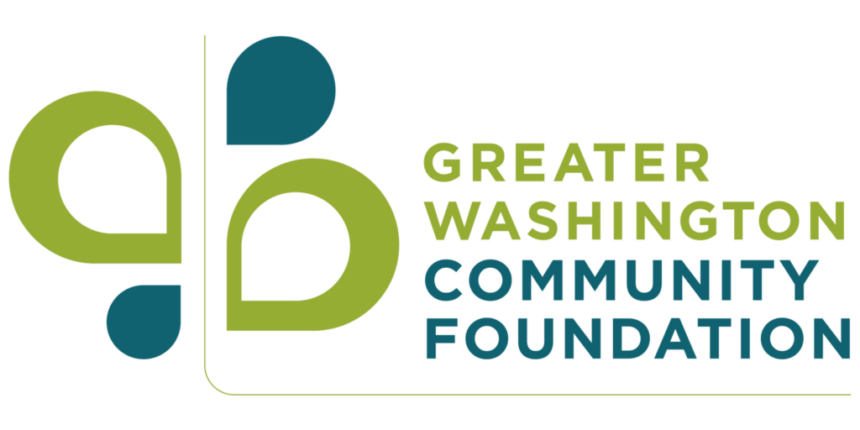Five Ways Companies Can Win the War for Talent Coming out of the Pandemic
This content is presented by Ashish Khosla, Senior Vice President and Market Executive of Commercial Banking for Bank of America in Greater Washington, D.C. & Baltimore Metro

As U.S. economic growth continues, transportation, dining, housing and manufacturing are adapting quickly to scale their operations back to pre-pandemic levels. But labor shortages driven by the pandemic are a fast-growing challenge for companies looking to meet rising customer demand. Today, there are approximately 4.6 million workers missing from the labor force due to employer shutdowns or cutbacks driven by COVID-19, according to the Bureau of Labor Statistics.
The good news is that businesses can expect an increase in available workers in the coming months, as those sidelined by COVID-19 begin to re-emerge. In our region, workforce recovery efforts through the Virginia Ready Initiative and Northern Virginia Community College, including reskilling and upskilling programs, are helping workers return to the workforce by targeting specific hiring needs and creating clearly defined career pathways to future employment.
Nevertheless, labor shortages are expected to be a persistent challenge. Now is the time to plan for this new world of work, which includes hybrid schedules, wage growth, training, and other critical priorities like workplace safety and Diversity, Equity & Inclusion (DE&I).
Following are five steps companies can take to rebuild their workforces and maximize success:
- Listen to The Needs of Your Talent. The pandemic has permanently shifted how we prefer to work and which benefits we find most important. According to a Morning Consult survey, 39% of workers, and half (49%) of Millennial and Gen Z employees, would consider quitting if their employers weren’t flexible about remote work. Likewise, workers are demanding more from their employers and the facilities they work in with respect to worker safety, health and well-being.
Employers should engage employees at all levels in return-to-work policies and decisions – so approaches are rooted in their preferences. Key areas to consider include more flexible working policies, enhanced benefits for working parents and caregivers, extended paid leave and safeguards to ensure work-life balance. Hold ongoing listening sessions, including through surveys and 1:1 conversations, to keep a pulse on employee concerns. Proactively and transparently communicate all decisions, and be prepared to adjust policies as needs and circumstances change.
- Prioritize Skills Assessments and Trainings. BofA Global Research estimates that approximately 700,000 workers left the labor force due to a skills mismatch. Combined with record disruption driven by the pandemic, reskilling and upskilling the workforce is paramount.
To start, employers should assess how an employee’s job may have changed during the pandemic. Then, invest in ongoing training for employees to boost learning and address expertise gaps. Perhaps it’s a new training in AI or robotics for workers seeing fast disruption in their field, like manufacturing, or a rotational program that enables corporate employees to learn about other areas of the firm. Companies today have a critical opportunity to use the best of corporate America’s resources to equip workers with the skills, technologies and mindsets to succeed.
- Keep Pace with Wage Growth. A smaller pool of workers combined with strong labor demand is fueling wage growth, and the greatest wage lifts are being seen in roles that experienced the highest demand during the pandemic. Average annual salaries stood at $50,150 in April 2021, up from a low of $47,400 last year, according to Revelio Labs.
In today’s war for talent, employers must ensure their wages are competitive and in line with a growing economy. Important steps include conducting regular industry benchmarking, reviewing benefits and salary growth plans, and performing company-wide audits to uncover and address pay inequities.
- Support Financial (and Overall) Wellness. According to Bank of America’s latest Workplace Benefits Report, 56% of employers feel “extreme responsibility” for employees’ financial wellness, up from 13% in 2013. Still, only 51% of employees say they feel financially well today, down from 61% three years ago. This comes as COVID-19 continues to produce significant financial challenges for Americans to weather.
In a post-pandemic environment, employers must reimagine approaches to financial wellness. To start, ensure any program addresses common employee challenges that go beyond retirement, such as rebuilding savings, emergency funds and healthcare costs. Acknowledge that needs may differ based on gender and age, and think about wellness more holistically, recognizing the interconnected nature of financial, physical and mental wellness.
- Champion Diversity, Equity & Inclusion (DE&I) – The pandemic and racial injustice movements have brought DE&I awareness to an all-time high. Employers agree that offering meaningful DE&I programs is critical to attract and retain talent. Studies have also shown that a more diverse workforce leads to better financial performance.
To attract a new generation of socially minded employees, employers need to “walk the talk” on DE&I with new and expanded initiatives, measurable goals and clear action. Key steps include empowering employees to be part of DE&I workplace programs and discussions; setting near and long-term goals and proactively communicating a roadmap to achieve them; and implementing DE&I into your company’s broader corporate strategy.
As workplaces continue to think about reopening plans, and as the fight for talent continues, putting these proactive practices in place will go far in helping companies ensure they have a talented, diverse and productive workforce that can launch them to success.
###
© 2021 Bank of America Corporation
Become a member today
We need your voice at the table to make Greater Washington a place where everyone can succeed



















